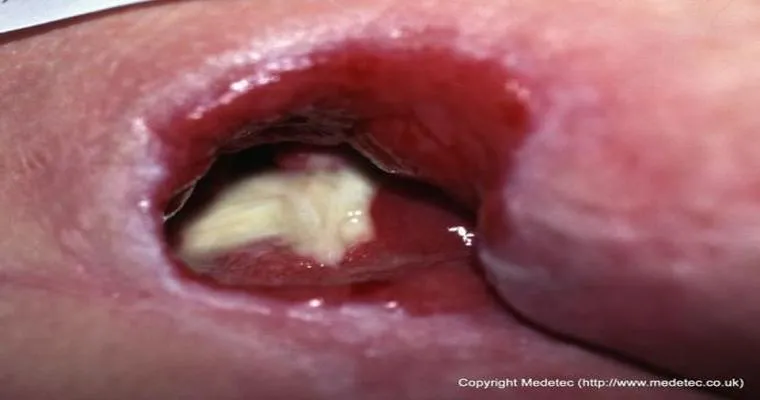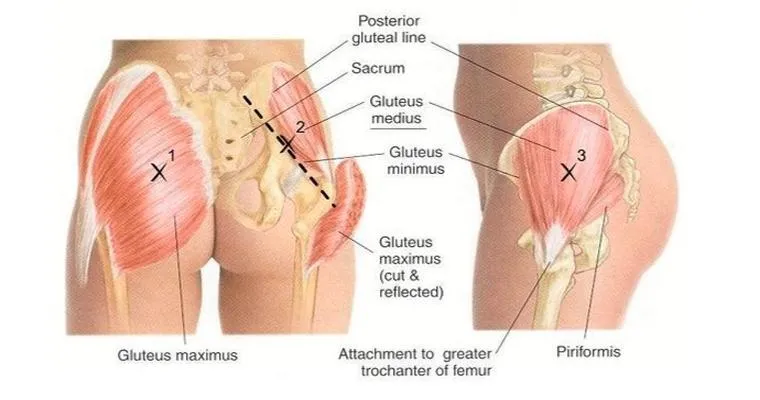When faced with the heartbreaking situation of a "mother having a stage 3 pressure wound", it is crucial to understand the implications and the necessary steps to take. Pressure wounds, also known as bedsores or pressure ulcers, occur when prolonged pressure on the skin reduces blood flow to the area, leading to tissue damage. A stage 3 pressure wound indicates a deeper level of ulceration, where the skin has lost its full thickness and may involve underlying tissue. This article aims to guide families in making informed decisions regarding care and treatment options for their loved ones.
First and foremost, it is essential to recognize the signs and symptoms of a stage 3 pressure wound. These may include a crater-like appearance with exposed fat, surrounding redness, and possible drainage. Understanding these indicators will help caregivers assess the severity of the wound and determine the urgency of treatment.
Once a stage 3 pressure wound has been identified, the next step is to consult with healthcare professionals. This may involve a visit to a "wound care specialist" or a healthcare provider who can evaluate the wound's condition and recommend an appropriate treatment plan. Treatment options may include specialized dressings, topical treatments, and potential surgical interventions if the wound has not responded to conservative care.
In addition to immediate wound care, it is vital to address the underlying causes of pressure wounds. Factors such as immobility, poor nutrition, and moisture management play significant roles in the development and healing of pressure ulcers. Caregivers should ensure that their loved ones are repositioned frequently to relieve pressure on vulnerable areas, maintain proper nutrition to support healing, and keep the skin clean and dry.
Another critical aspect of managing a stage 3 pressure wound is the psychological impact on both the patient and the family. It is not uncommon for individuals to feel a sense of loss or frustration during the healing process. Providing emotional support and understanding can be just as important as physical care. Engaging in open communication with your mother about her feelings and involving her in care decisions can foster a sense of agency and comfort.
As you navigate the complexities of care for a loved one with a stage 3 pressure wound, consider involving a multidisciplinary team. This team may include doctors, nurses, nutritionists, and physical therapists who can collaboratively address all aspects of your mother's health and well-being.
In conclusion, dealing with a "mother having a stage 3 pressure wound" requires careful consideration and action. From recognizing the signs to seeking professional help and addressing the underlying causes, each step is critical in ensuring effective care. Remember that support—both physical and emotional—is essential during this challenging time. With the right approach and resources, healing is possible, and your mother's quality of life can improve significantly.





